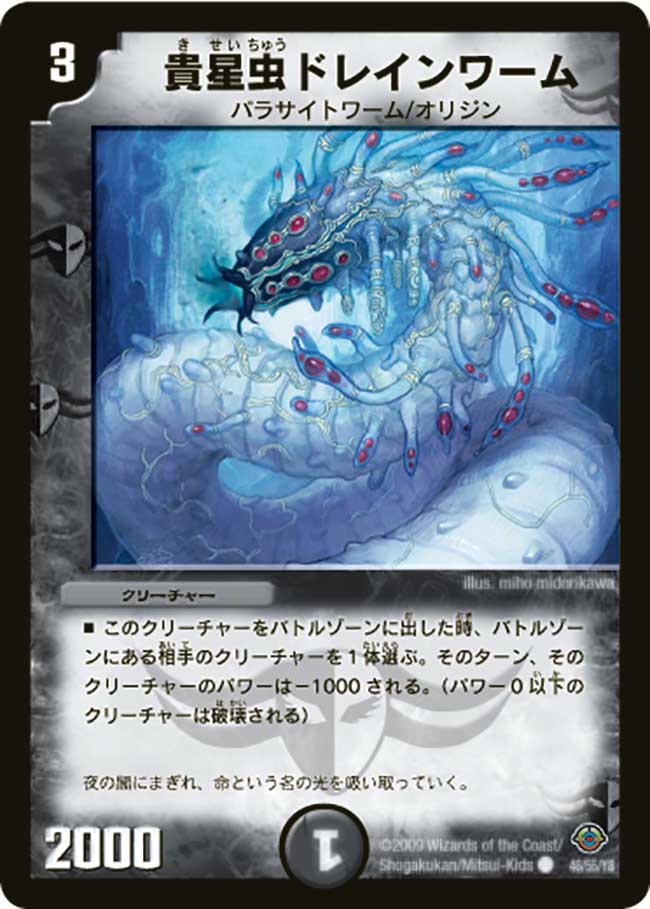Drain worms might seem like a minor nuisance, but they can indicate serious plumbing issues if left unchecked. These tiny creatures are actually a type of flatworm known as planarians, and they thrive in moist, dark environments such as drains and sewers. Understanding their lifecycle, behavior, and prevention methods is crucial for maintaining a hygienic home environment.
While drain worms are not inherently dangerous, their presence can be unsettling and may point to underlying problems with your plumbing system. In this article, we will explore everything you need to know about drain worms, including how to identify them, the potential risks they pose, and effective strategies for eradication.
This guide is designed to provide actionable insights and practical tips to help you deal with drain worms effectively. Whether you're a homeowner or a property manager, understanding the science behind these pests is essential for long-term prevention.
Read also:Is Dr Paolo Macchiarini Married Exploring The Life And Controversies Of A Renowned Surgeon
Table of Contents
- What Are Drain Worms?
- Biological Characteristics
- How to Identify Drain Worms
- Causes of Drain Worm Infestations
- Health Risks Associated with Drain Worms
- Methods for Removal
- Preventive Measures
- Common Misconceptions
- When to Seek Professional Help
- Conclusion
What Are Drain Worms?
Drain worms, also referred to as drain flies or sewer flies, are small creatures that inhabit wet areas such as drains, sewers, and septic tanks. These organisms are typically a type of flatworm known as planarians, which belong to the phylum Platyhelminthes. Despite their name, drain worms are not true worms but rather insect larvae that resemble worms in appearance.
They thrive in environments rich in organic matter and moisture, making drains and sewage systems ideal breeding grounds. While they are not harmful to humans, their presence can indicate plumbing issues that need to be addressed promptly.
Types of Drain Worms
There are several types of drain worms, each with distinct characteristics:
- Planaria: A type of flatworm commonly found in freshwater environments.
- Drain Fly Larvae: These larvae develop into small flies that resemble mosquitoes.
- Sewer Worms: Larger in size, these worms often indicate serious plumbing problems.
Biological Characteristics
Understanding the biological characteristics of drain worms is essential for effective management. These organisms have a unique lifecycle that includes several stages of development.
Life Cycle of Drain Worms
The life cycle of drain worms typically involves the following stages:
- Egg Stage: Eggs are laid in moist environments, often near drains or sewage systems.
- Larval Stage: The larvae feed on organic matter and grow rapidly in damp conditions.
- Adult Stage: Once mature, the larvae transform into adult drain flies, which can reproduce and lay more eggs.
How to Identify Drain Worms
Identifying drain worms can be challenging due to their small size and similarity to other pests. However, there are several key indicators to look for:
Read also:Sheryl Crow And Sting Relationship A Deep Dive Into Their Bond
Physical Characteristics
- Small, slimy appearance.
- Typically brown or gray in color.
- Segmented body with no legs or antennae.
Additionally, drain worms are often found in clusters near drains or damp areas, making them easier to spot during inspections.
Causes of Drain Worm Infestations
Several factors contribute to drain worm infestations, including:
- Poor drainage systems.
- Accumulation of organic waste in drains.
- Leaky pipes or plumbing issues.
Addressing these underlying causes is critical for preventing future infestations and maintaining a clean home environment.
Health Risks Associated with Drain Worms
While drain worms themselves are not harmful, they can carry bacteria and pathogens from sewage systems into your home. This poses potential health risks, especially for individuals with weakened immune systems.
Preventing Health Risks
To minimize health risks associated with drain worms:
- Regularly clean and disinfect drains.
- Fix plumbing issues promptly.
- Dispose of organic waste properly.
Methods for Removal
Removing drain worms requires a combination of chemical and mechanical approaches. Here are some effective methods:
Chemical Treatments
- Use enzymatic drain cleaners to break down organic matter.
- Apply bleach or vinegar solutions to disinfect drains.
Mechanical Solutions
- Use a plumbing snake to remove blockages.
- Install drain covers to prevent future infestations.
Preventive Measures
Preventing drain worm infestations involves maintaining good hygiene practices and addressing plumbing issues proactively.
Tips for Prevention
- Regularly clean and maintain drains.
- Avoid disposing of food waste down the drain.
- Inspect plumbing systems regularly for leaks or damage.
Common Misconceptions
There are several misconceptions about drain worms that can hinder effective management. For instance:
- Drain worms are not true worms but insect larvae.
- They do not pose a direct threat to human health but can carry pathogens.
- Regular cleaning and maintenance can prevent infestations.
When to Seek Professional Help
In cases of severe infestations or persistent plumbing issues, it may be necessary to consult a professional plumber or pest control expert. These professionals can provide specialized treatments and ensure long-term solutions.
Conclusion
Drain worms, while not inherently dangerous, can be a sign of underlying plumbing problems that require attention. By understanding their biology, identifying potential risks, and implementing effective prevention strategies, you can maintain a hygienic and pest-free home environment.
We encourage you to share this article with others who may benefit from the information provided. If you have any questions or would like to share your experiences, feel free to leave a comment below. Together, we can create a cleaner and healthier living space for everyone.
References:
- Environmental Protection Agency (EPA).
- Centers for Disease Control and Prevention (CDC).
- World Health Organization (WHO).
![What Is A Drain Worm? [2023 Guide] Gold Koi Fish](https://goldkoifish.com/wp-content/uploads/sites/13/2022/06/What-Is-A-Drain-Worm-1024x535.jpg)

